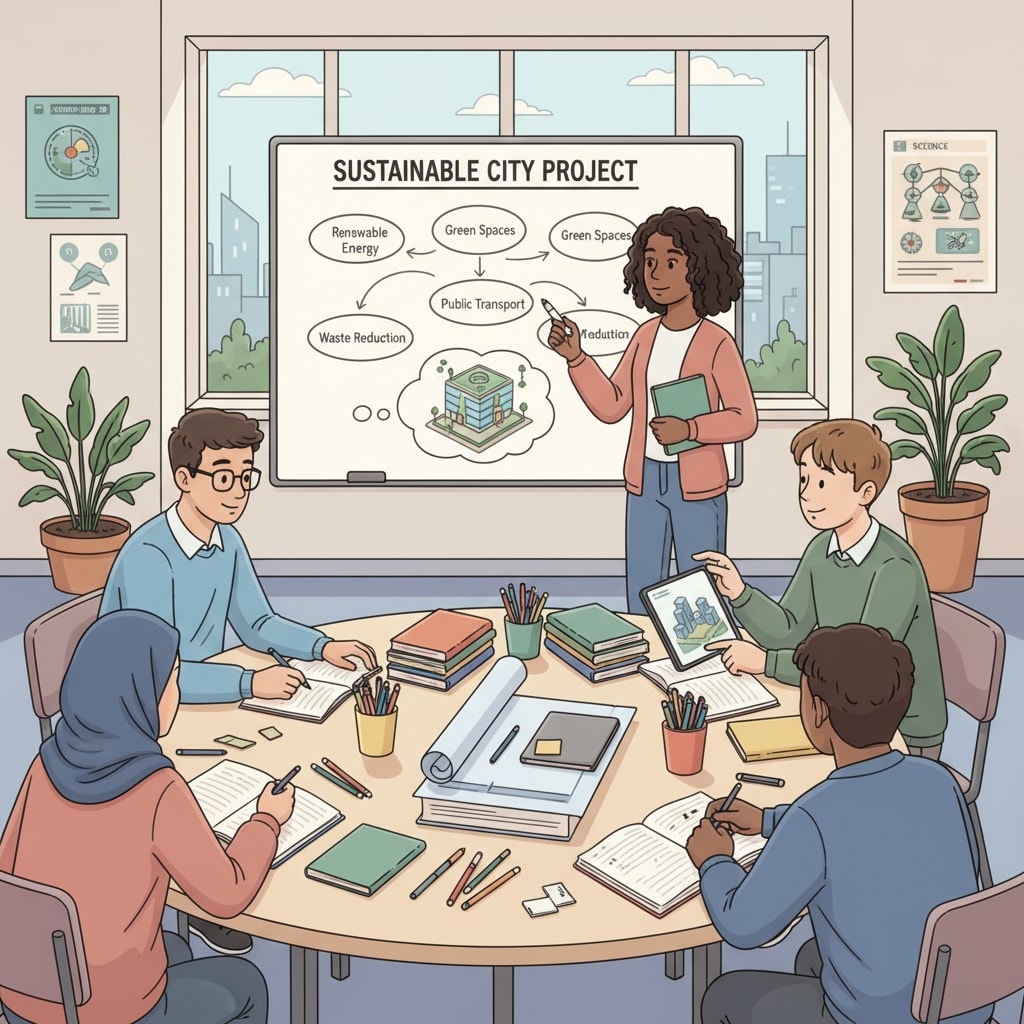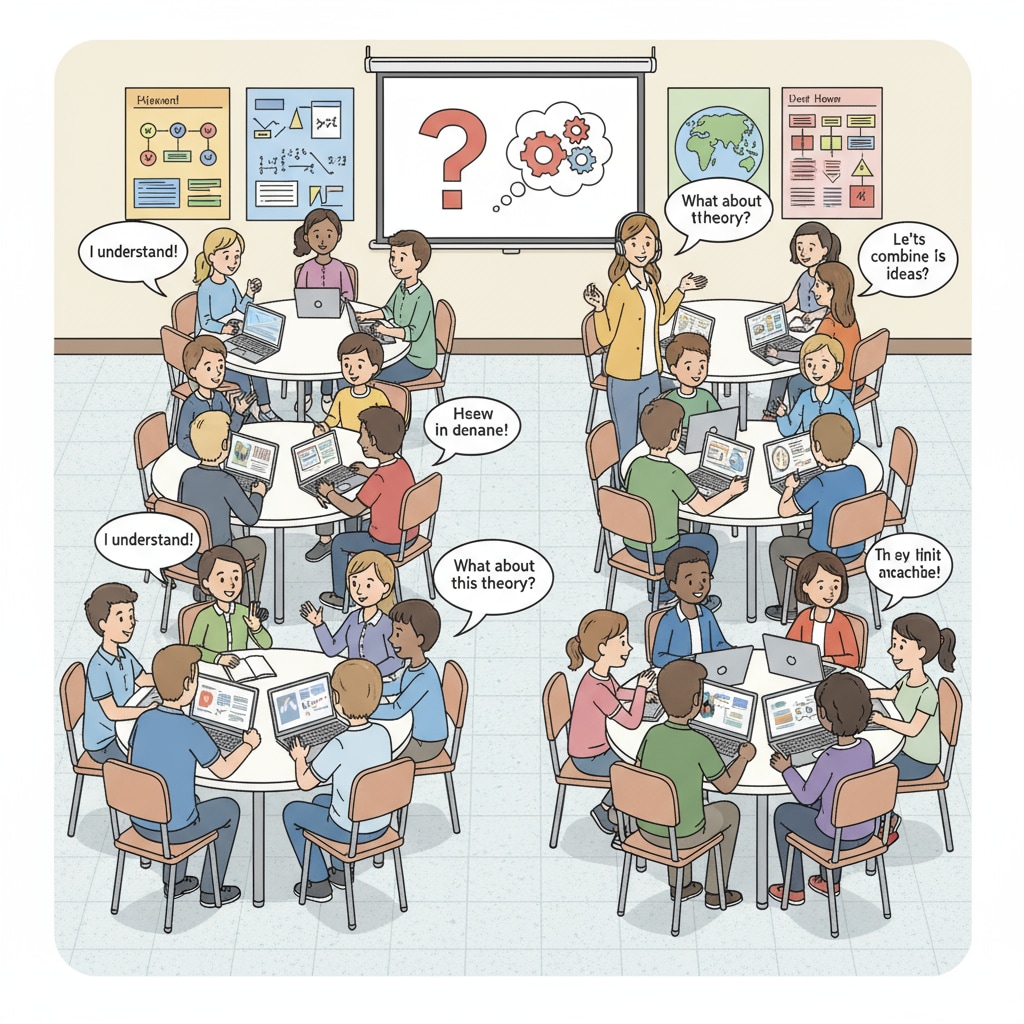Homework alternatives, teaching strategies, and student engagement are crucial aspects in revolutionizing K12 education’s at-home learning landscape. For years, traditional homework has been a staple, but it often comes with drawbacks such as excessive stress and limited engagement. In this article, we explore innovative ways to replace traditional homework and create more meaningful learning experiences for students.
Innovative Teaching Strategies as Homework Replacements
One effective alternative is project-based learning. This approach involves students working on long-term projects that require them to apply knowledge from various subjects. For example, students might be tasked with creating a sustainable city model. They would need to research urban planning, environmental science, and architecture. According to Edutopia’s insights on project-based learning, this hands-on method significantly increases student engagement as they are actively involved in problem-solving and creation.

The Impact on Student Engagement
Another strategy is the flipped classroom model. In a flipped classroom, students watch pre-recorded lectures at home and engage in discussions, problem-solving, and hands-on activities during class time. This reverses the traditional learning setup, allowing for more in-depth interactions with teachers and peers. As stated by TeachThought’s guide on flipped classrooms, this model can enhance student engagement as they have more control over their learning pace and can actively participate in class discussions.

Personalized learning paths are also gaining traction. With the help of technology, educators can design individualized learning plans for students based on their learning styles, interests, and skill levels. This ensures that each student receives targeted instruction, which in turn boosts their motivation and engagement. In addition, it allows students to take ownership of their learning journey.
Readability guidance: These alternative strategies focus on making learning more interactive and student-centered. By rethinking at-home learning, educators can create experiences that not only improve academic performance but also foster a love for learning.


